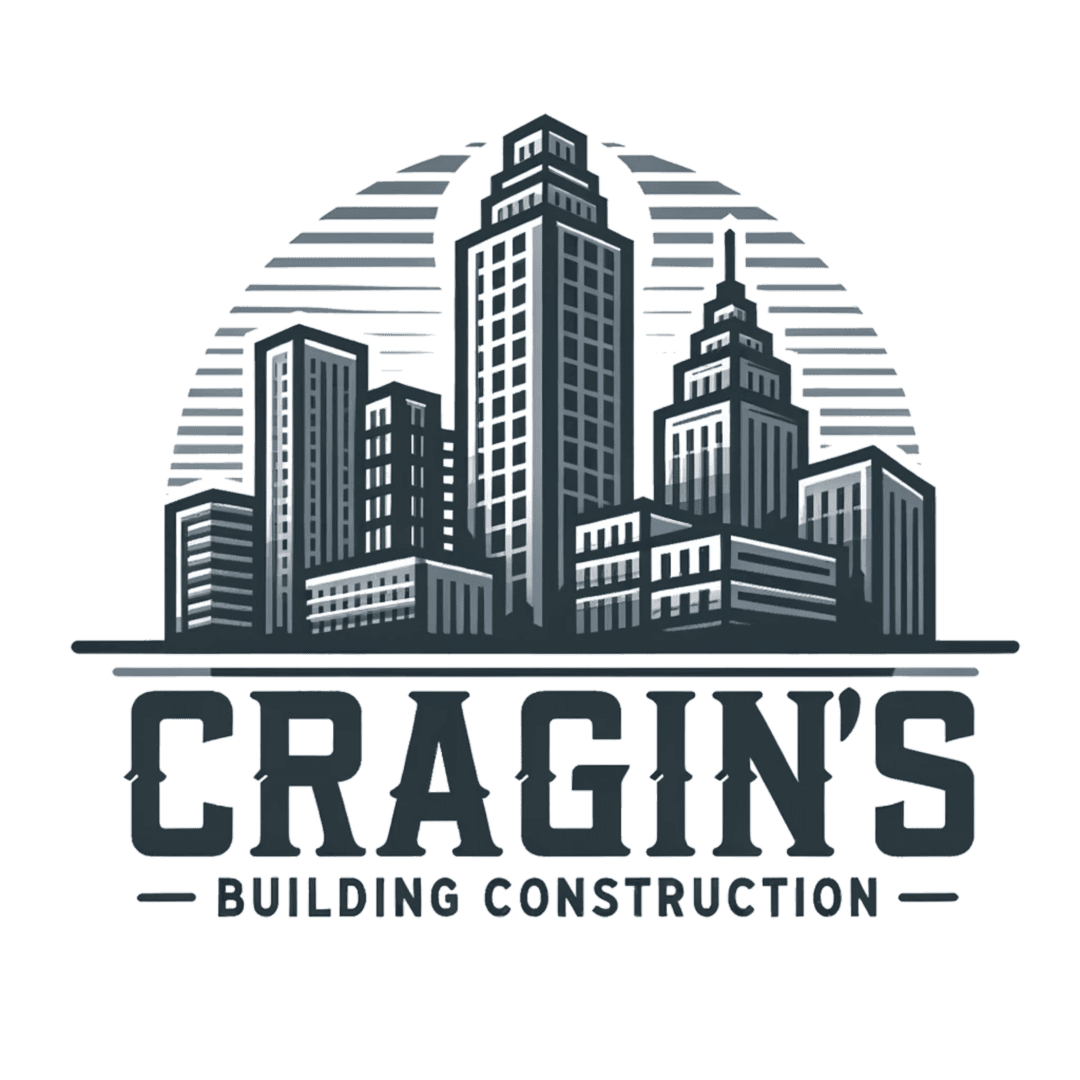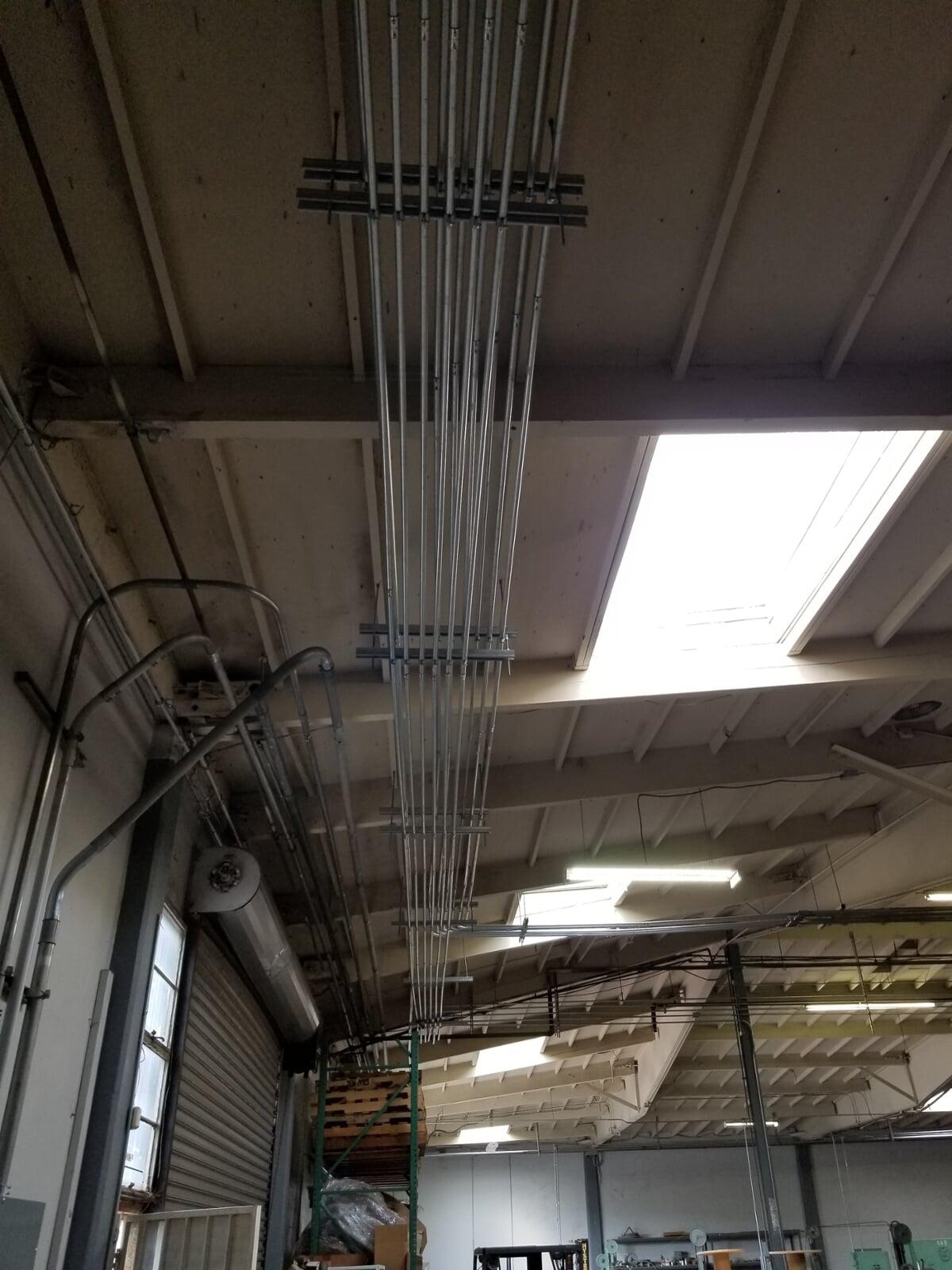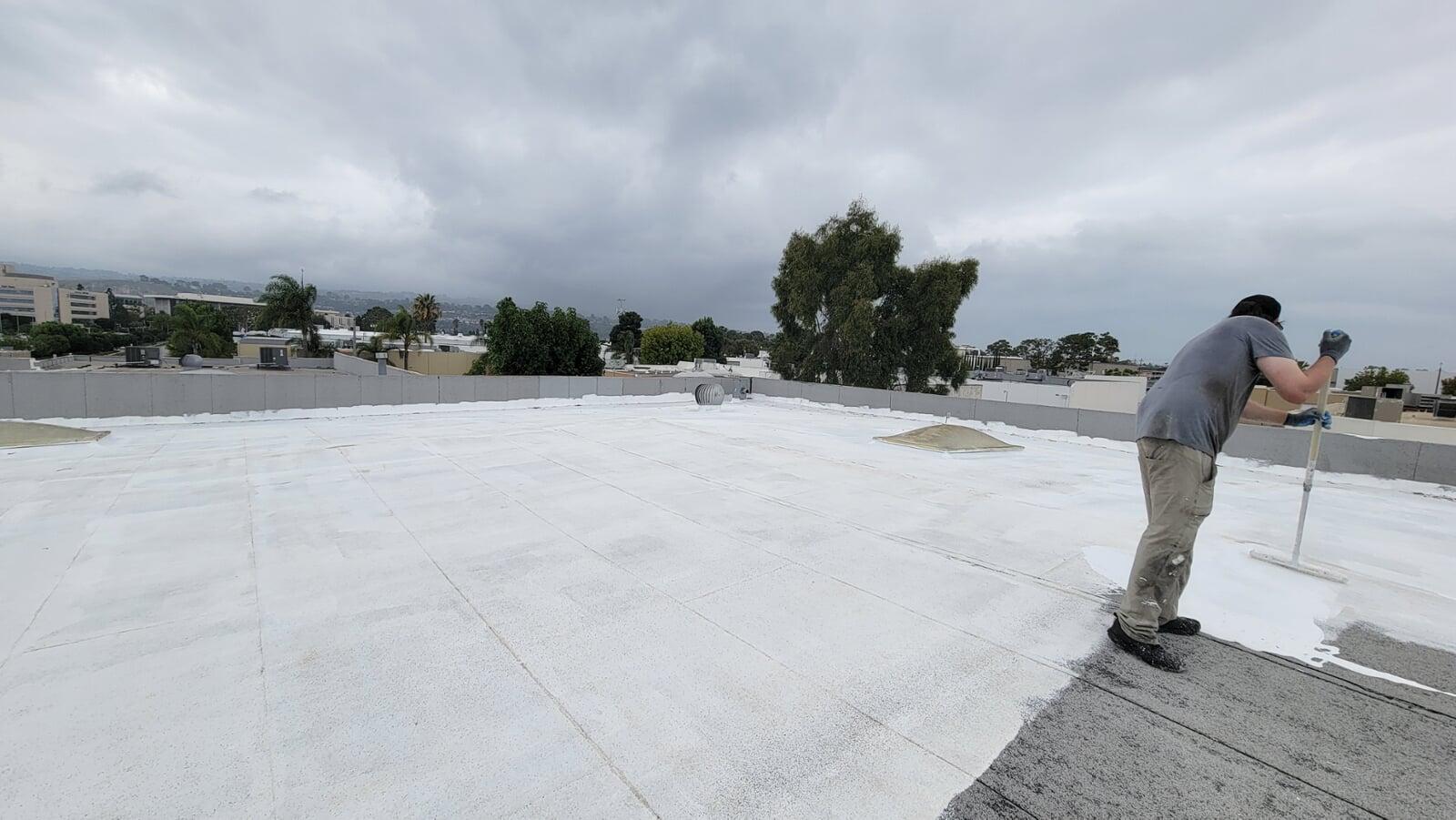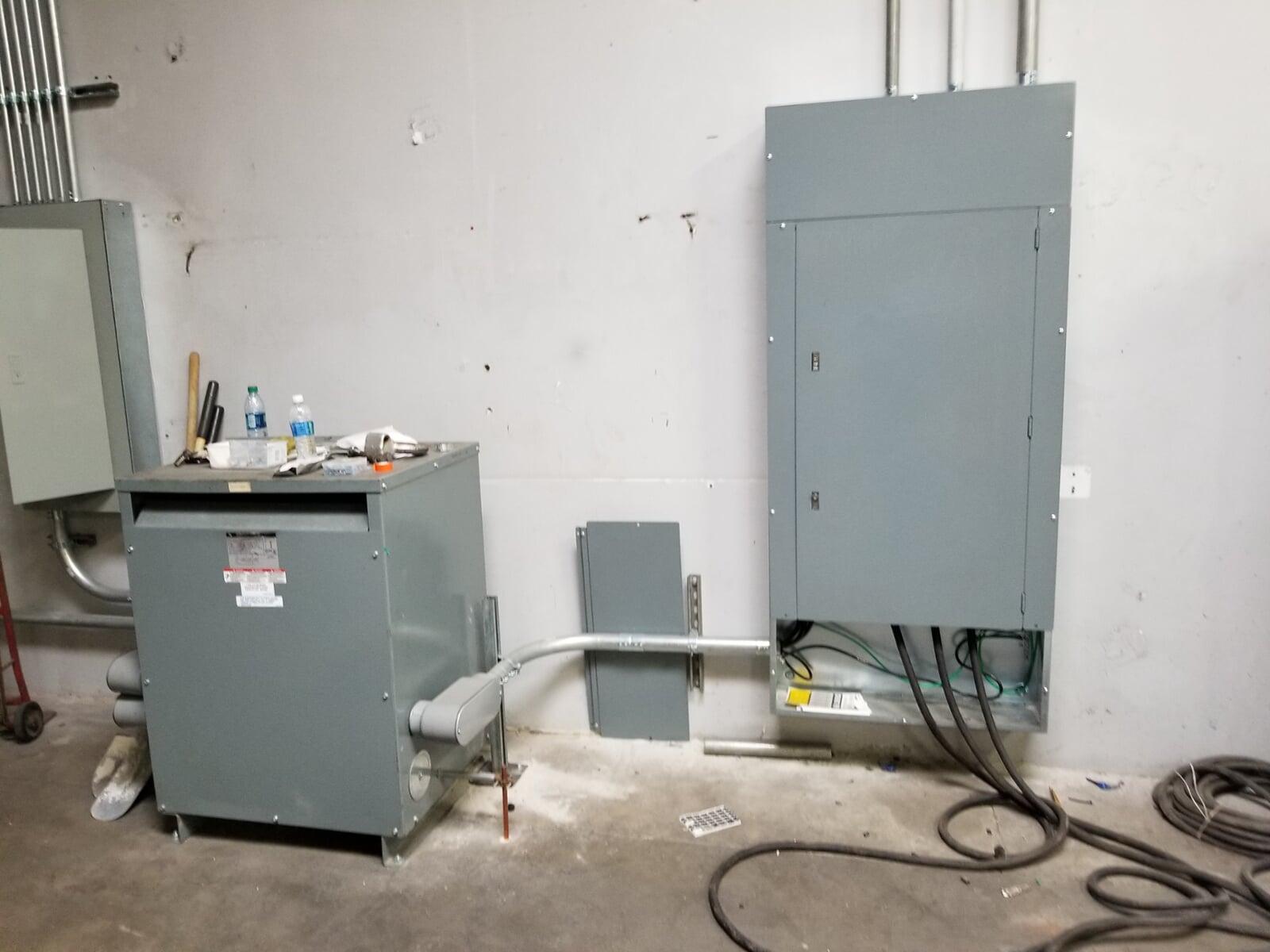As winter approaches, even in Southern California's milder climate, commercial building owners and managers must prepare for the colder months. While the region may not experience heavy snow or freezing temperatures, the winter season still brings its own unique challenges. Proper maintenance is key to ensuring your building remains safe, energy-efficient, and comfortable for tenants and visitors. Here’s a comprehensive guide on how to prepare your commercial property for winter in Southern California.
As winter approaches, even in Southern California's milder climate, commercial building owners and managers must prepare for the colder months. While the region may not experience heavy snow or freezing temperatures, the winter season still brings its own unique challenges. Proper maintenance is key to ensuring your building remains safe, energy-efficient, and comfortable for tenants and visitors. Here’s a comprehensive guide on how to prepare your commercial property for winter in Southern California.
1. Inspect and Maintain HVAC Systems
While Southern California winters are relatively mild, temperatures can drop significantly at night. Ensuring your heating, ventilation, and air conditioning (HVAC) system is in top condition is essential to maintaining a comfortable indoor environment. Here's how to prepare:
- Schedule a Professional HVAC Inspection: A certified technician should inspect your HVAC system for any signs of wear and tear, leaks, or potential issues. This is also an excellent time to change air filters, clean air ducts, and ensure that all thermostats are functioning correctly.
- Check for Energy Efficiency: Inspect insulation around ductwork and pipes to prevent heat loss. An energy-efficient HVAC system can significantly reduce utility costs during colder months.
- Test and Calibrate Thermostats: Ensure that all thermostats are accurately calibrated to maintain optimal temperatures. Consider upgrading to programmable thermostats that can adjust temperatures based on occupancy patterns.
While Southern California winters are relatively mild, temperatures can drop significantly at night. Ensuring your heating, ventilation, and air conditioning (HVAC) system is in top condition is essential to maintaining a comfortable indoor environment. Here's how to prepare:
- Schedule a Professional HVAC Inspection: A certified technician should inspect your HVAC system for any signs of wear and tear, leaks, or potential issues. This is also an excellent time to change air filters, clean air ducts, and ensure that all thermostats are functioning correctly.
- Check for Energy Efficiency: Inspect insulation around ductwork and pipes to prevent heat loss. An energy-efficient HVAC system can significantly reduce utility costs during colder months.
- Test and Calibrate Thermostats: Ensure that all thermostats are accurately calibrated to maintain optimal temperatures. Consider upgrading to programmable thermostats that can adjust temperatures based on occupancy patterns.
2. Roof and Gutter Maintenance
Even in Southern California, winter rains can be heavy and sudden, potentially causing damage to commercial properties if the roof and gutter systems are not properly maintained.
- Inspect the Roof: Check for damaged or missing shingles, cracks, or any signs of water pooling. Ensure that any potential leaks are repaired before the rainy season starts.
- Clean Gutters and Downspouts: Remove leaves, debris, and dirt from gutters and downspouts to prevent clogs. Ensure water is being directed away from the building's foundation to avoid erosion or flooding.
- Trim Overhanging Branches: Trees near the building can cause debris accumulation in gutters or damage the roof during strong winds or storms. Trim any overhanging branches to mitigate these risks.
Even in Southern California, winter rains can be heavy and sudden, potentially causing damage to commercial properties if the roof and gutter systems are not properly maintained.
- Inspect the Roof: Check for damaged or missing shingles, cracks, or any signs of water pooling. Ensure that any potential leaks are repaired before the rainy season starts.
- Clean Gutters and Downspouts: Remove leaves, debris, and dirt from gutters and downspouts to prevent clogs. Ensure water is being directed away from the building's foundation to avoid erosion or flooding.
- Trim Overhanging Branches: Trees near the building can cause debris accumulation in gutters or damage the roof during strong winds or storms. Trim any overhanging branches to mitigate these risks.
3. Seal Windows and Doors
Drafts from poorly sealed windows and doors can lead to higher heating costs and reduced comfort levels within the building.
- Check for Gaps and Cracks: Inspect all windows and doors for gaps, cracks, or damage that could let cold air in or warm air out. Use weatherstripping or caulking to seal any openings.
- Install Door Sweeps: Door sweeps can help prevent drafts from entering under exterior doors. Ensure all doors close tightly and securely.
Drafts from poorly sealed windows and doors can lead to higher heating costs and reduced comfort levels within the building.
- Check for Gaps and Cracks: Inspect all windows and doors for gaps, cracks, or damage that could let cold air in or warm air out. Use weatherstripping or caulking to seal any openings.
- Install Door Sweeps: Door sweeps can help prevent drafts from entering under exterior doors. Ensure all doors close tightly and securely.
4. Review Landscaping and Drainage Systems
While snow isn't an issue in Southern California, winter rains can lead to water accumulation and flooding around your property.
- Clear Drains and Grates: Inspect all drainage systems around the property to ensure they are clear of debris. Blocked drains can lead to water pooling and potential flooding.
- Prepare the Landscape: Trim shrubs and trees to prevent damage from winds. Consider planting ground cover or installing erosion control measures on slopes to prevent soil erosion during heavy rains.
While snow isn't an issue in Southern California, winter rains can lead to water accumulation and flooding around your property.
- Clear Drains and Grates: Inspect all drainage systems around the property to ensure they are clear of debris. Blocked drains can lead to water pooling and potential flooding.
- Prepare the Landscape: Trim shrubs and trees to prevent damage from winds. Consider planting ground cover or installing erosion control measures on slopes to prevent soil erosion during heavy rains.
5. Check Exterior Lighting and Safety Features
Winter days are shorter, and ensuring proper exterior lighting is crucial for safety and security.
- Inspect and Replace Exterior Lighting: Check all outdoor lighting fixtures to ensure they are working correctly. Replace burnt-out bulbs and consider installing energy-efficient LED lights to save on electricity costs.
- Test Emergency Systems: Inspect and test emergency lighting, alarms, and security systems. Ensure that all safety features, such as handrails and anti-slip coatings, are in good condition.
Winter days are shorter, and ensuring proper exterior lighting is crucial for safety and security.
- Inspect and Replace Exterior Lighting: Check all outdoor lighting fixtures to ensure they are working correctly. Replace burnt-out bulbs and consider installing energy-efficient LED lights to save on electricity costs.
- Test Emergency Systems: Inspect and test emergency lighting, alarms, and security systems. Ensure that all safety features, such as handrails and anti-slip coatings, are in good condition.
6. Prepare for Power Outages
Southern California’s winter storms, though rare, can cause unexpected power outages. Preparing for such events is crucial to maintaining operations and ensuring safety.
- Install Backup Power Systems: Consider installing a backup generator or an uninterruptible power supply (UPS) system to ensure critical systems remain operational during a power outage.
- Stock Up on Essential Supplies: Ensure you have adequate emergency supplies, including flashlights, batteries, first aid kits, and bottled water, readily available for building occupants.
Southern California’s winter storms, though rare, can cause unexpected power outages. Preparing for such events is crucial to maintaining operations and ensuring safety.
- Install Backup Power Systems: Consider installing a backup generator or an uninterruptible power supply (UPS) system to ensure critical systems remain operational during a power outage.
- Stock Up on Essential Supplies: Ensure you have adequate emergency supplies, including flashlights, batteries, first aid kits, and bottled water, readily available for building occupants.
7. Communicate with Tenants
Keep your tenants informed about your winter preparation plans and any necessary procedures they should follow.
- Provide Emergency Contact Information: Share contact details for building management and maintenance teams in case of emergencies.
- Share Winter Safety Tips: Distribute information on how to stay safe and energy-efficient during winter, such as keeping windows closed, reporting any drafts or leaks, and being aware of emergency exits and procedures.
Keep your tenants informed about your winter preparation plans and any necessary procedures they should follow.
- Provide Emergency Contact Information: Share contact details for building management and maintenance teams in case of emergencies.
- Share Winter Safety Tips: Distribute information on how to stay safe and energy-efficient during winter, such as keeping windows closed, reporting any drafts or leaks, and being aware of emergency exits and procedures.
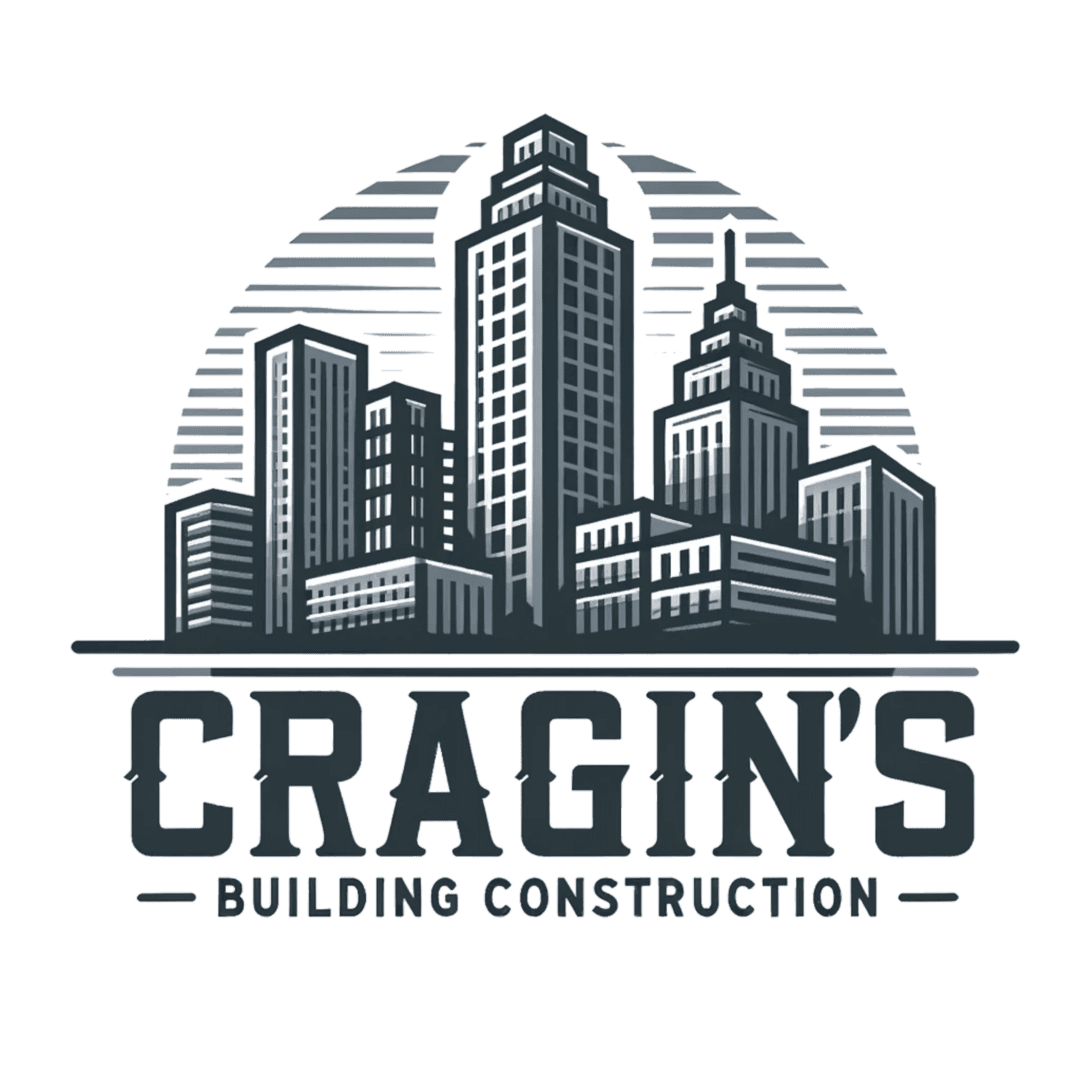
How Cragin's Can Keep Your Commercial Building Winter-Ready
How Cragin's Can Keep Your Commercial Building Winter-Ready
Cragin’s specializes in comprehensive property maintenance solutions, making them the ideal partner to help you prepare your commercial building for winter in Southern California. With a team of experienced professionals, Cragin's offers a range of services, including HVAC inspections, roof and gutter maintenance, exterior lighting checks, and emergency preparedness planning, all tailored to the unique needs of your property. Their proactive approach ensures that every aspect of your building is thoroughly inspected and maintained, preventing potential issues before they arise. By partnering with Cragin's, you can enjoy peace of mind knowing that your property is fully prepared for the season, allowing you to focus on your business while they handle the rest.
